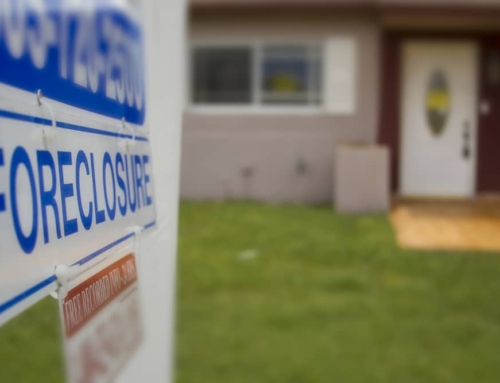Your home is supposed to be your castle, but unless your name is Windsor, it’s unlikely you’ll end up living in one.
Instead, there are several basic types of homes which are commonly available in all parts of the country. If you decide to buy a home, you will probably end up choosing between a condomimium, townhouse, cooperative apartment, and a single family house.
Aside from the pride of ownership — which includes paying real estate taxes — there are numerous differences between each of these home types, from the rights of ownership to the way the property is maintained.
Here’s a quick rundown on what you might expect if you purchase a condominium, coop, townhouse, or single family house:
Condominium
Usually found in urban centers, condos (as it is commonly referred to) became very popular in the 1970s, when state legislatures passed laws allowing their existence.
Apartment buildings are converted to condos by means of a condominium declaration (called a “condo dec”), which also divvies up the percentage of ownership, defines which areas are commonly held by all owners, and states the building rules.
One of the most important things to remember about a condo, is that you don’t actually own the unit you live in. You own the air inside the walls, ceiling and floor of the unit, and may also own the plumbing within your unit and perhaps a parking space. With your neighbors, you also jointly own the common elements of the property, which may include the roof, plumbing, lobby, laundry room, garden area or the garage.
Maintenance: A condo association raises money for maintenance through monthly assessments. The building’s expenses are tallied then divided by the percentages of ownership, and then divided by twelve. So if your annual share of building maintenance cost is $1,200, you will pay $100 per month in assessments in addition to the costs of your mortgage and real estate taxes.
Cooperative Apartments
If you’re looking for an abundance of coop units, try New York city, although there are a fair number spread out over the rest of the U.S.
Before there were condos, people owned their units by buying shares in a corporation that owned the building in which that unit was located. The shares give you the right to lease your unit from the corporation. You pay a monthly assessment (often called lease payment or rent) based on the number of shares you own.
One sticky issue with coops is control. For many years, coop boards used their power to reject potential buyers at will to keep a firm grip on who moves into the building. In addition, coop rules often required a higher cash down payment, or refused to allow purchases financed with a mortgage. Fortunately, many coops have relaxed this restriction in recent years.
Maintenance: Like a condo, your assessments cover the general maintenance of the property. But because the corporation pays real estate taxes on the property as a whole, your share of the taxes is normally included in your monthly assessment.
Townhouse
A townhouse development can take several different physical forms, but it usually looks like a group of slender houses attached into a long row. Generally, you share a wall in common with each of your neighbors.
The difference is in the way the property is held. Most rowhouses built in the first half of this century are held “fee simple” meaning you hold legal title to your home and the land it sits on, and are responsible for the real estate taxes. Some townhouses may be held as condos, but most are a hybrid, falling somewhere between condos and single family homes.
Maintenance: Townhouse developments often have a homeowner’s association that manages the common elements of the property. You pay a monthly assessment covering the maintenance of the common elements, which may include the roof, common outdoor, recreation, or parking areas, and any laundry facilities.
Single Family Home
Far and away, the most common form of home is the single family detached house. Available in all shapes, sizes and prices, the most common feature among single family homes is that the house sits by itself on it’s own piece of property.
Maintenance: You, the homeowner, are responsible for all of the expenses associated the ownership and maintenance, including real estate taxes, garbage removal, water and sewage.
Jan. 4, 2005.






Leave A Comment